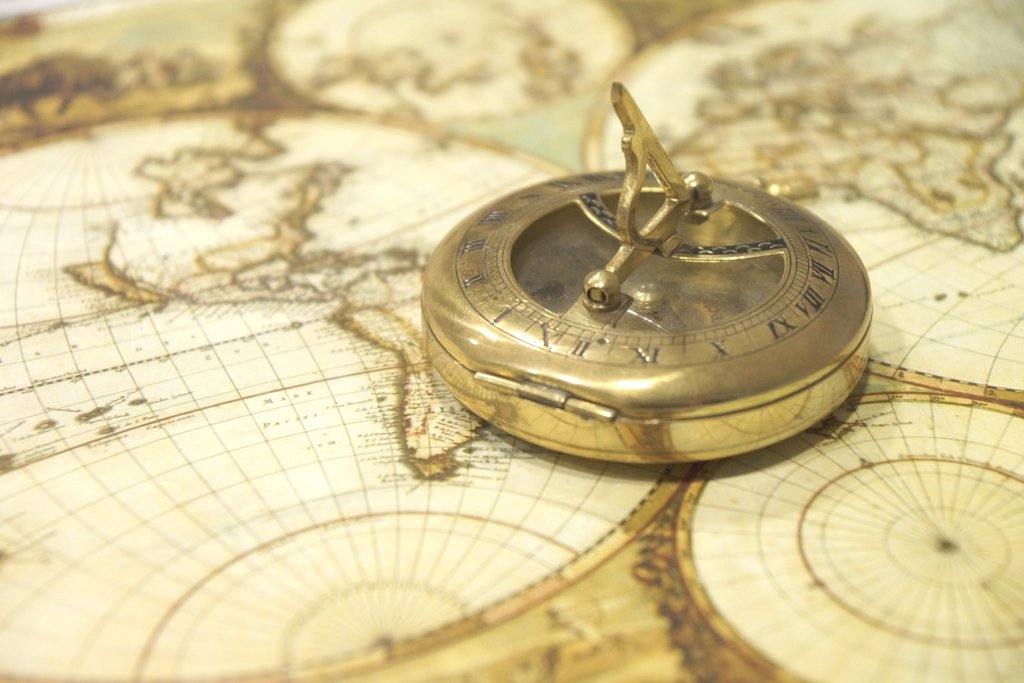
THE COURSE OF GMT
From maritime instrument to world traveler
Most of us have heard of GMT or in long form Greenwich Mean Time in reference to time in the Eastern Hemisphere. But what does that mean as it pertains to watches and why is a GMT timepiece practical?
First, we must look at the historical and astrological source of this metric – the sun. Noon GMT is the annual average of when the sun crosses the Greenwich Meridian and reaches the highest point in the sky. This however it is rarely the exact moment due to the uneven speed and elliptical orbit of the Earth. The measurement can vary as much as plus or minus 16 minutes of this phenomenon. Hence the term “mean”.

A nautical history
In the 18th century shipping flourished and explorers on long sea voyages sought a reliable way of knowing the time in their location and where they departed from. British clockmakers therefore invented the marine chronometer, the first portable instrument capable of precisely and accurately measuring the time of a fixed location and the time at the current location. By analyzing the point at which the sun or a star crossed the Greenwich Meridian, considered to have a longitude of 0°, in synchronization with special tables such as the Nautical Almanac, timekeeping was possible independent of the shipboard standard, solar time.
This practice, was also adopted by mariners from other nations and led GMT be used as a point of reference worldwide. With the introduction of 24 time zones in the mid 19th century, global variations in time became increasingly important but as travel was slow, manual calculation remained a manageable method of timekeeping.
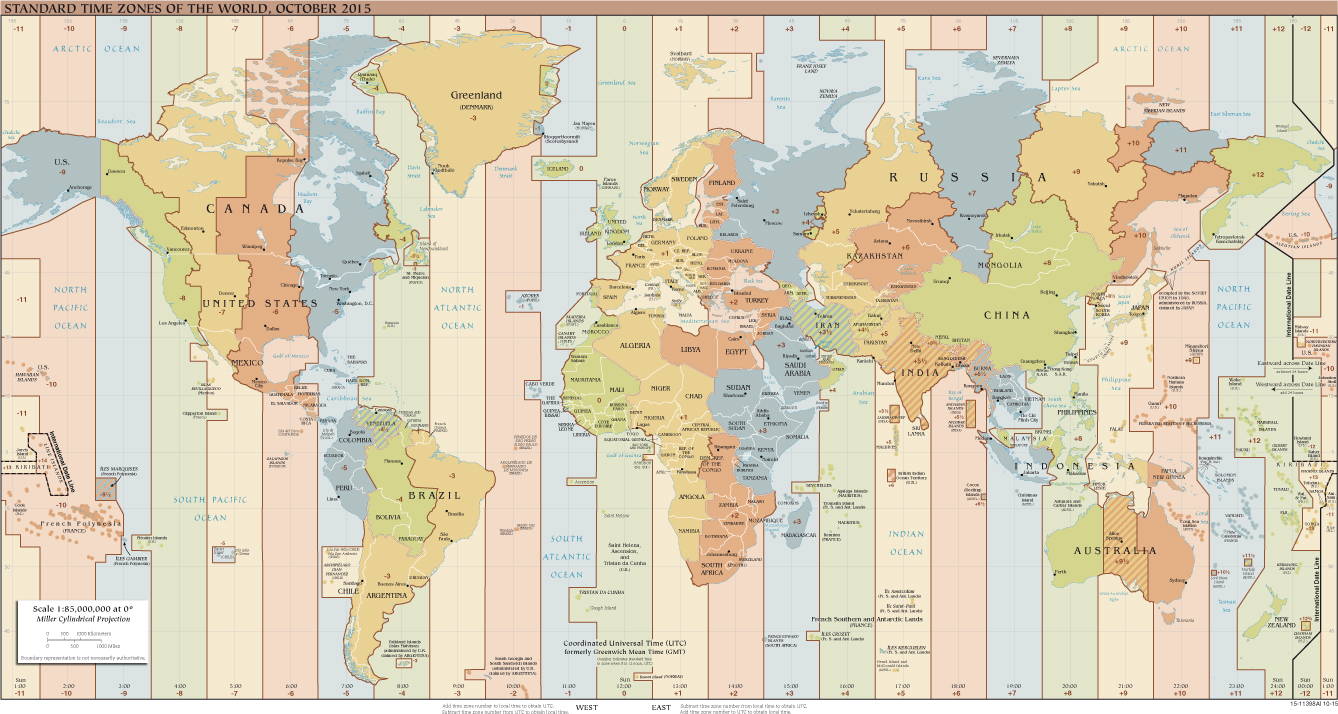
Contemporary relevance
By the mid 20th century, commercial air transportation began to perpetuate, making international travel faster and more common than ever before. This revolution meant it was possible to change time zones in a matter of hours as opposed to days or weeks. For pilots and even passengers, keeping track of time was increasingly challenging and crucial, leading to the invention of the first GMT wristwatch in 1954, and remains an important basis for international travelers and operators to this day.
The key feature of a GMT timepiece is not a connection to 0° latitude, rather it is an extra indicator known as the 24-hour hand which is used to easily and accurately set the hour in a second time zone. It can be adjusted independently, often over a separate crown position, to track the time at home or anywhere else that is important to the wearer.
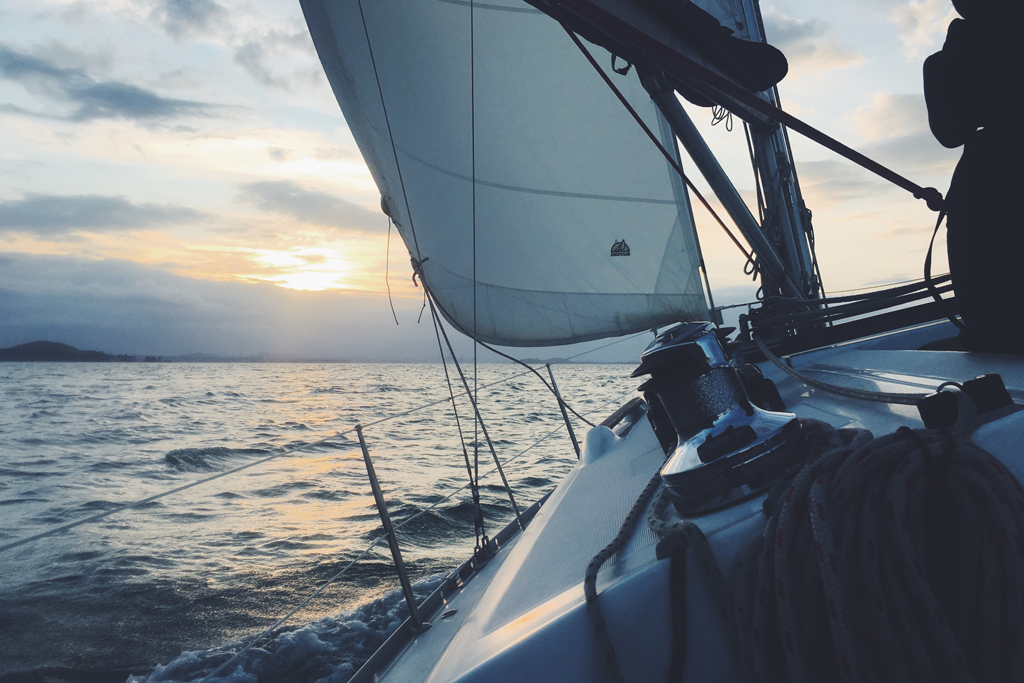
A personal connection
The GMT feature is particularly important for Delma’s partners and clients who travel often in search of dive spots for leisure, the pursuit of knowledge and the expansion of personal and scientific limits. These missions can be long and disorienting as travel expands around the globe and into the depths of the sea. Likewise, Delma’s partnership with record breaking sailors calls for a timepiece that keeps track of time at port despite the shore being nowhere in sight.
Since the early days of exploration by ship, travel has taken off in popularity for leisure and necessity. Keeping time is increasingly important and becomes personal when days and distance separate us from a familiar place. With a GMT watch, one never fully leaves home behind.
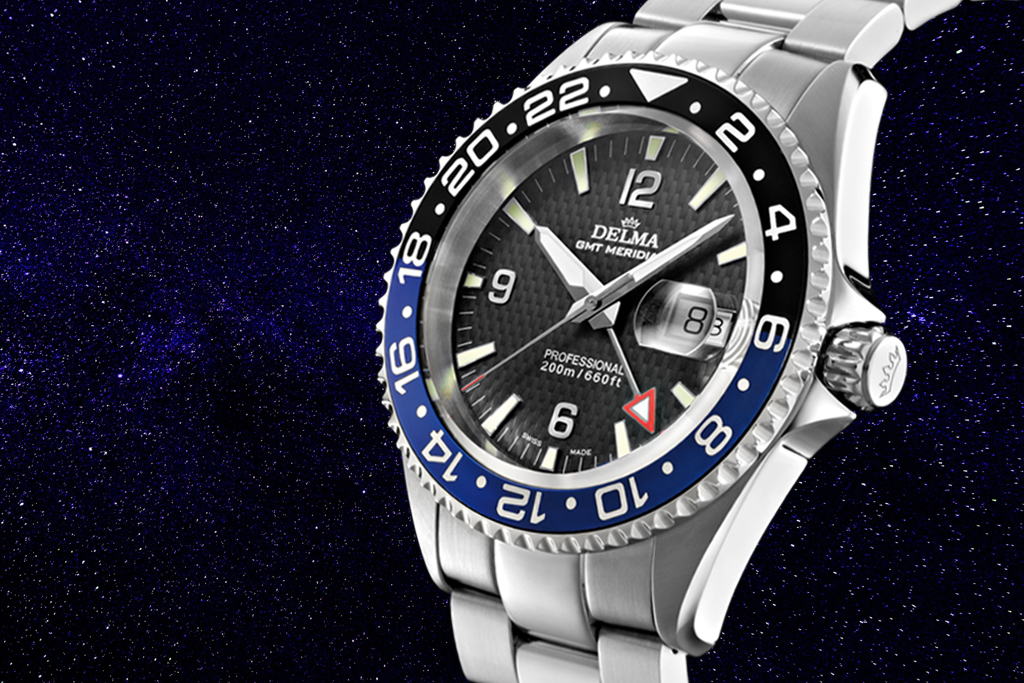
Meet the Delma GMT Santiago Meridian
The Santiago GMT Meridian is a highlight of Delma’s Santiago collection of attractive and sturdy sports watches. The 24-hour hand’s striking red arrow with ample luminous points to the second time on a bi-color anodized aluminum bezel ring representative of day and night.
Silver hour and minute hands accompanied by a slender red tipped seconds hand illustrate the primary time with confident precision against the captivating carbon pattern dial. The sturdy brushed and polished stainless-steel bracelet is equipped with a safety lock clasp to ensure the timepiece is secure when it is needed most. In keeping with the Santiago Collection, the GMT is also water-resistant to 200 m / 660 ft.
It is an exceptional example of a sports timepiece that is specially outfitted for those who travel around the globe for professional and personal endeavors.

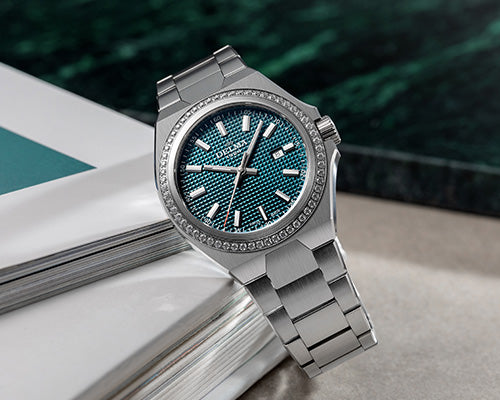
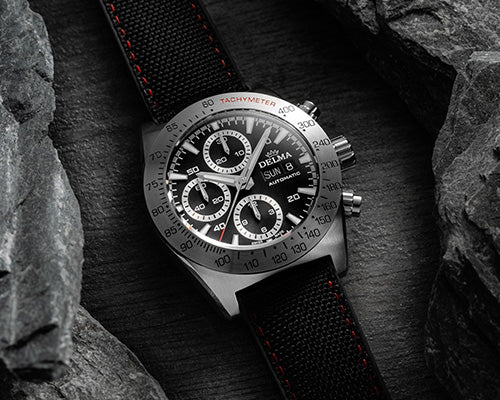
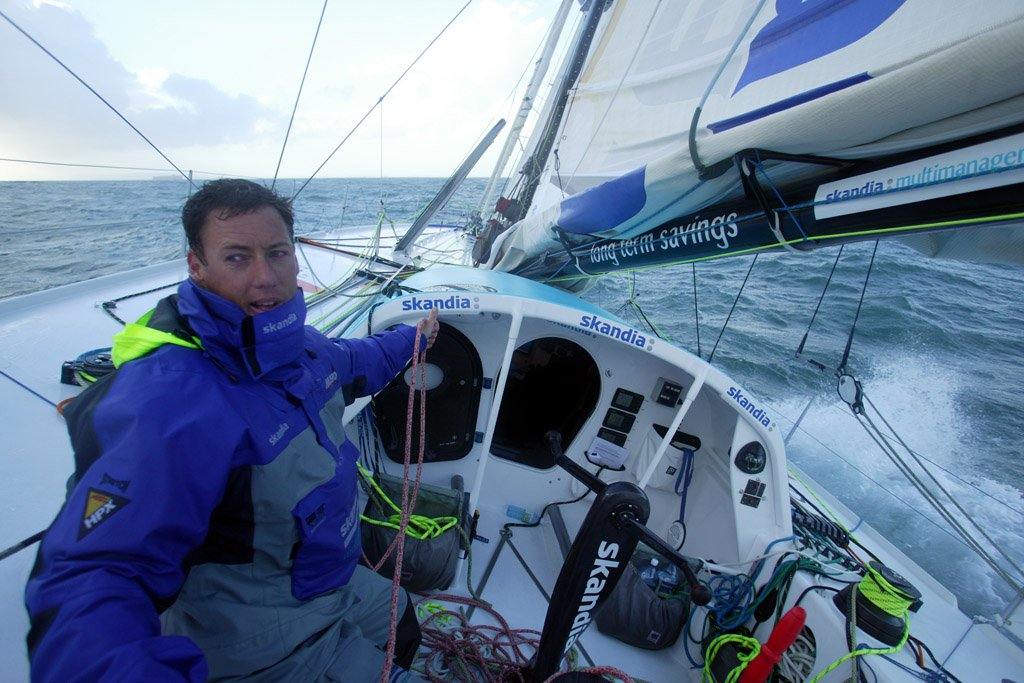
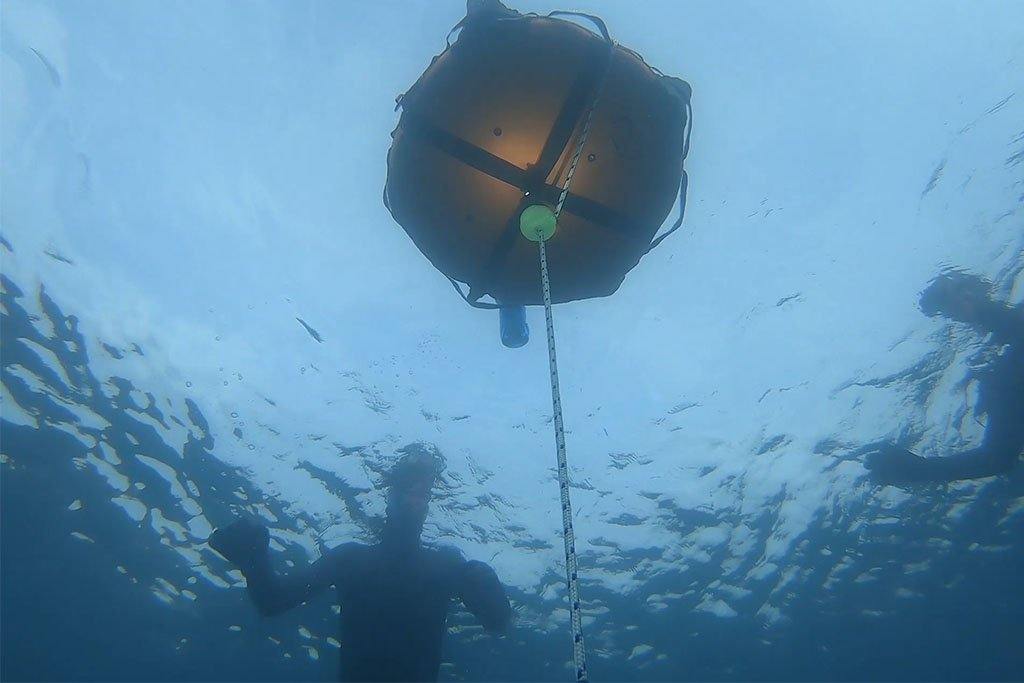
Laisser un commentaire
Ce site est protégé par hCaptcha, et la Politique de confidentialité et les Conditions de service de hCaptcha s’appliquent.